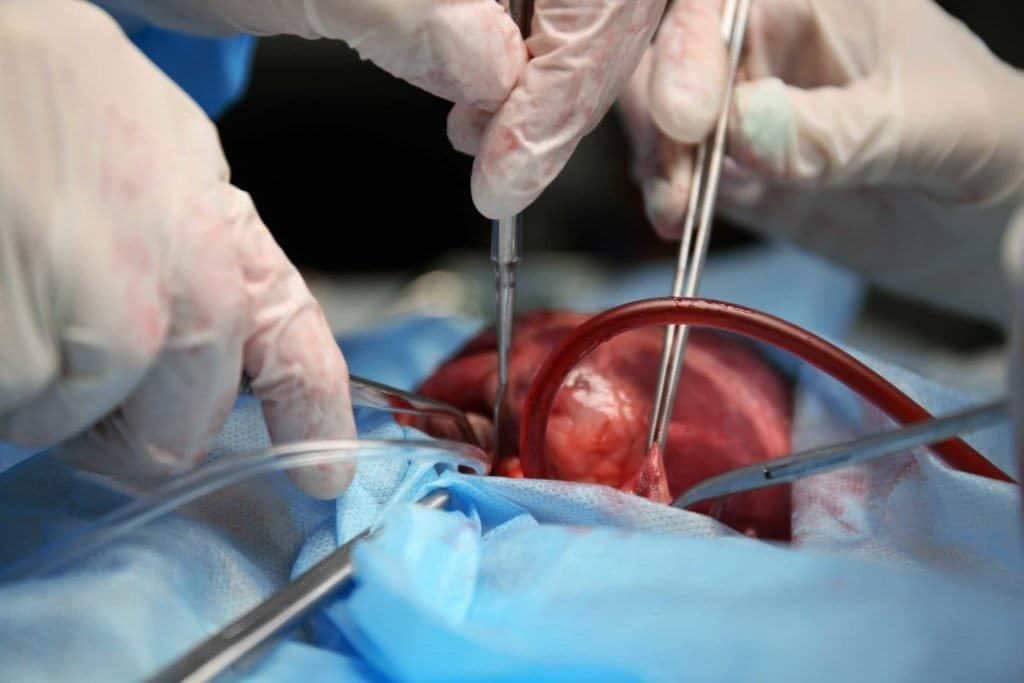Contents:
- Medical Video: C-section (Cesarean Delivery)
- Give birth to a large baby in a normal or caesarean section?
- What problems can occur in large babies at birth?
Medical Video: C-section (Cesarean Delivery)
Having a large or more normal fetus can make it difficult for you during the birth process. Giving birth to a large baby can take you and your baby in a dangerous situation, and can even have a serious impact on the baby's life. Therefore, it is important for you to monitor the development of the fetus since it's still in the womb. Do not let the fetus weigh more than normal when you want to be born.
Give birth to a large baby in a normal or caesarean section?
Babies are said to have a large weight when the weight exceeds 4000 grams. This is commonly called macrosomia. Macrosomia can make it difficult for a mother during normal delivery. However, normal childbirth is the most common method for pregnant women with baby macrosomia.
Although normal childbirth can increase a baby's risk of injury during labor because the size of the baby is bigger than the birth canal. However, normal childbirth has a lower risk of maternal death compared to pregnant women with macrosomic babies who give birth to cesarean delivery, according to a study published in the Journal of Obstetrics and Gynecology in 2012.
The study conducted in Kuala Lumpur in 330 cases of macrosomic infants showed that 56% of cases of macrosomia were born by means of normal delivery, whether or not induction of labor. And, baby shoulder dystocia occurs in 4.9% of babies born in the normal way. In addition, 4% of normal births and 32% of cesarean deliveries experience postpartum bleeding.
However, if a normal delivery is not possible and has a greater risk, you may have to undergo a caesarean section. Forcing yourself to give birth to a large baby in a normal way can increase the risk of perineal tearing, there is a lot of bleeding after childbirth because the uterine muscles contract incorrectly, and damage to the mother's coccyx.
What problems can occur in large babies at birth?
Shoulder dystocia may occur when giving birth to a large baby in a normal way. Shoulder dystocia is a rare complication in the birth of a large baby but can cause serious problems. This is an event where the baby's shoulder is stuck behind the mother's pubic bone so the baby is difficult to remove. The doctor may need to do an episiotomy to help remove the baby safely during normal labor, or even have to have an emergency caesarean section.
Shoulder dystocia can also cause the collarbone and upper arm bones to break. More serious complications of shoulder dystocia can cause nerve damage to the baby's arm that is stuck.
In addition to these problems, macrosomic babies also have a higher risk of experiencing complications such as the following after birth.
- Have lower than normal blood sugar levels
- Have higher blood pressure
- Having jaundice
Not only that, after large macrosomia babies are also more at risk for obesity and metabolic syndrome in childhood. Further research is needed to prove whether the problem of macrosomia babies can increase the risk of diabetes and heart disease in adulthood.












